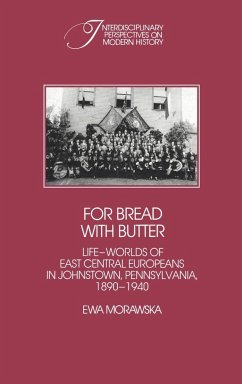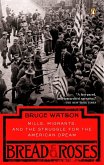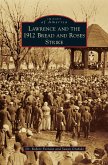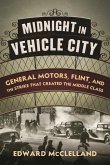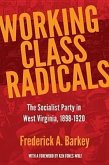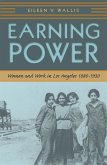Fifty years ago, enactment of the Wagner National Labor Relations Act gave American organized labour what it has regarded ever since as one of its greatest assets: a legislative guarantee of the right of workers to organize and bargain collectively. Yet although the Wagner Act's guarantees remain substantially unaltered, organized labour in America today is in deep decline. Addressing this apparent paradox, Christopher Tomlins offers here a critical examination of the impact of the National Labor Relations Act on American unions. By studying the intentions and goals of policy makers in the context of the development of labour law from the late nineteenth century, and by looking carefully at the course of labour history since the act's passage, Dr Tomlins shows how public policy has been shaped to confine labour's role in the American economy, and that many of the unions' problems stem from the laws which purport to protect them.
Table of contents:
List of ilustrations; List of tables; Acknowledgements; Introduction; 1. Backgrounds; 2. To America; 3. Johnstown and the immigrant communities before World War 1; 4. The beginnings: strategies of adaptation; 5. Johnstown and the immigrant communities between the wars; 6. For bread with butter; 7. Internal social stratification in the immigrant communities; 8. The second generation; Conclusion; Notes; Appendix; Index.
Christopher Tomlins offers here a critical examination of the impact of the National Labor Relations Act on American unions. Dr Tomlins shows how public policy has been shaped to confine labour's role in the American economy, and that many of the unions' problems stem from the laws which purport to protect them.
Tomlins offers here a critical examination of the impact of the National Labor Relations Act on American unions.
Table of contents:
List of ilustrations; List of tables; Acknowledgements; Introduction; 1. Backgrounds; 2. To America; 3. Johnstown and the immigrant communities before World War 1; 4. The beginnings: strategies of adaptation; 5. Johnstown and the immigrant communities between the wars; 6. For bread with butter; 7. Internal social stratification in the immigrant communities; 8. The second generation; Conclusion; Notes; Appendix; Index.
Christopher Tomlins offers here a critical examination of the impact of the National Labor Relations Act on American unions. Dr Tomlins shows how public policy has been shaped to confine labour's role in the American economy, and that many of the unions' problems stem from the laws which purport to protect them.
Tomlins offers here a critical examination of the impact of the National Labor Relations Act on American unions.
